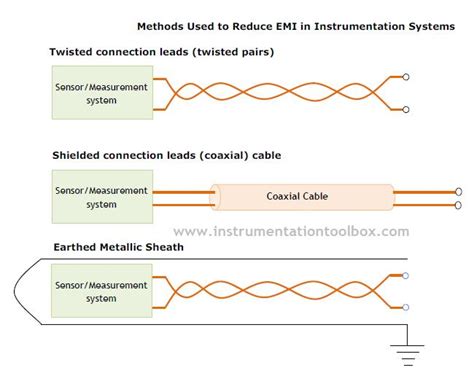How To Reduce Emi Interference
Ronan Farrow
Mar 25, 2025 · 3 min read

Table of Contents
How to Reduce EMI Interference: A Comprehensive Guide
Electromagnetic interference (EMI) is a pervasive issue in modern electronics, causing malfunctions and performance degradation in devices. Understanding the sources and implementing effective mitigation techniques is crucial for ensuring optimal device functionality and user experience. This comprehensive guide will walk you through various strategies to reduce EMI interference effectively.
Understanding EMI Sources and Effects
Before diving into solutions, it's vital to understand the root causes of EMI. EMI is generated by a wide range of sources, including:
- Internal Components: High-speed digital circuits, switching power supplies, and oscillators within your device itself can generate significant EMI.
- External Sources: Nearby electronic devices, radio waves, power lines, and even lightning can introduce unwanted electromagnetic fields.
- Environmental Factors: The physical environment, including cabling and grounding, plays a significant role in how susceptible your device is to EMI.
The effects of EMI can range from minor glitches to complete system failure, depending on the severity and frequency of the interference. Common effects include:
- Data Corruption: EMI can disrupt data transmission, leading to errors and unreliable performance.
- Malfunctions: Devices may malfunction unpredictably or exhibit erratic behavior.
- Reduced Performance: Signal degradation caused by EMI can reduce the overall performance of your electronic system.
- Safety Hazards: In some cases, severe EMI can pose safety risks.
Practical Strategies to Reduce EMI Interference
Fortunately, many effective strategies can be implemented to minimize EMI interference:
1. Shielding
Shielding is a fundamental technique that involves enclosing sensitive components or entire systems within a conductive material, such as a metal enclosure. This creates a barrier that prevents electromagnetic fields from penetrating and affecting the internal circuitry. Proper grounding of the shield is crucial for optimal effectiveness. Consider using conductive coatings or paints for more effective shielding.
2. Filtering
EMI filters are passive components designed to attenuate unwanted frequencies. They're typically placed at the input and output points of power supplies and signal lines to block EMI from entering or leaving the system. Selecting the appropriate filter type based on the frequency range of the interference is essential.
3. Grounding
Proper grounding is crucial for reducing EMI. A well-grounded system provides a low-impedance path for stray currents, preventing them from accumulating and causing interference. Ensure all metallic enclosures and components are adequately grounded to a common earth ground point.
4. Cable Management
Effective cable management minimizes the potential for EMI coupling. Keeping cables bundled neatly, using shielded cables, and maintaining proper distances between cables can significantly reduce interference. Twisted-pair cables are also highly effective in minimizing EMI effects.
5. Component Selection
Choosing components with inherent low EMI emissions is a proactive approach to reducing interference. When selecting components, consider their EMI specifications and choose those that meet your requirements. Look for components specifically designed for low-EMI applications.
6. PCB Design Techniques
Careful Printed Circuit Board (PCB) design is essential for minimizing EMI. Techniques such as proper layout, grounding planes, and controlled impedance routing significantly reduce interference within the device itself.
7. Software Solutions
In some cases, software solutions can be used to mitigate EMI effects. Techniques such as error correction codes and data synchronization can help to recover from EMI-induced data corruption.
Conclusion
Reducing EMI interference requires a multi-faceted approach. By combining various strategies like shielding, filtering, grounding, and careful component selection, you can create a robust system that is less susceptible to unwanted electromagnetic fields. Remember that a thorough understanding of the sources and effects of EMI is crucial for choosing the most appropriate mitigation techniques. Consistent application of these methods will lead to more reliable and efficient electronic systems.
Featured Posts
Also read the following articles
| Article Title | Date |
|---|---|
| How To Obtain A Title For An Atv | Mar 25, 2025 |
| How To Remove Mold From Boat Carpet | Mar 25, 2025 |
| How To Make Leather Stiffer | Mar 25, 2025 |
| How To Print In White Ink On Black Paper | Mar 25, 2025 |
| How To Keep Sunroom Cool | Mar 25, 2025 |
Latest Posts
Thank you for visiting our website which covers about How To Reduce Emi Interference . We hope the information provided has been useful to you. Feel free to contact us if you have any questions or need further assistance. See you next time and don't miss to bookmark.
